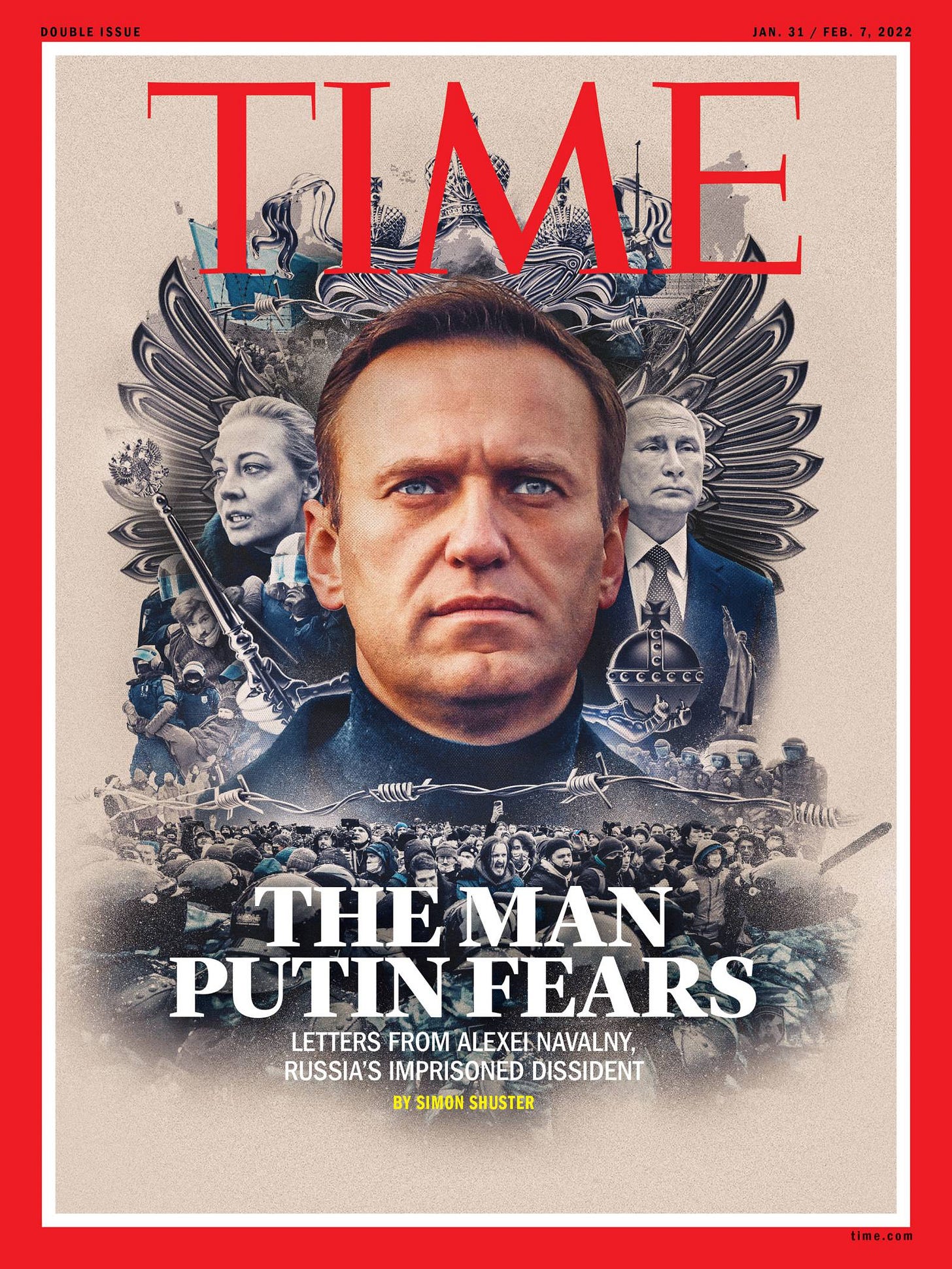Dove motifs are heard
Without receiving a written response from the U.S. and/or NATO, the Kremlin decided to diversify its signal-sending to the West. On the one hand, the Western media received photographs and video footage confirming the reallocation of additional Russian troops from the Far East to Belarus in the areas adjacent to Ukraine. On the other hand, Secretary of State Antony Blinken and Russian Foreign Minister Sergei Lavrov announced they would meet this Friday. And shortly after that, Lavrov’s deputy, Sergey Ryabkov, traditionally being hawkish, made slightly soothing statements that suggest Russia is ready to soften its stance.
“We do not intend to take any aggressive actions. We do not intend to attack, offense, or invade Ukraine.” [It should be recalled that in late December, at a press conference, Vladimir Putin dodged a question about the possibility of Russian aggression against Ukraine.]
“That famous formula of the 2008 Bucharest summit that Ukraine and Georgia would become members of NATO. That’s what should be excluded. This should be replaced with the understanding that it will never happen. If the U.S. makes a unilateral commitment in a binding form that it will never vote for Ukraine and other countries to join NATO, we are willing to consider this option.”
Of course, we must remember that language is given to diplomats to hide their thoughts. But as the Russian proverb says: A bad peace is better than a good quarrel. So let diplomats meet and quarrel rather than generals launch rockets and smile.
The One who scares Putin
TIME magazine has published an extensive interview with Alexei Navalny, who has been exchanging letters with TIME for months while in a Russian penal colony.
All power in one hand
Russia has completed the withdrawal of its troops from Kazakhstan, where they were sent at the request of President Tokayev. He seems to have finally taken all the levers of power in the country into his own hands. Today he dismissed the Minister of Defense, who refused to carry out the orders of the President during the disorder. In addition, the closest relatives of the former President, Nursultan Nazarbayev, lost their positions in the management of state companies.
A solid foundation
Russian statistics gradually begin to paint the final picture of the past year. Its first portion, devoted to macroeconomic parameters, confirms the thesis about the stability of the Russian economy.
The Ministry of Finance reported a federal budget surplus of 514.76 billion rubles (0.4% of GDP), but the budget didn’t finance the legally approved expenditures by about the same amount. Oil and gas production and exports generated 35.8% of the total budget revenues.
Thanks to high oil prices and spending constraints imposed by the budget rule, the Finance Ministry increased its account balances by 1.76 trillion rubles ($23.2 billion, 1.4% of GDP), which will be transferred to the fiscal reserve, the National Welfare Fund (NWF), next spring. Excluding those, the size of the NWF as of January 1 was 13.5 trillion rubles ($177.5 bln, 10.5% of GDP).
The Bank of Russia has published its estimate of the balance of payments for 2021, which also indicates the strength of the Russian macroeconomic structure. The trade balance almost doubled in the past year compared to 2020 and amounted to $185.9 bln. Oil, oil products, and gas exports accounted for 49.4% of total merchandise exports (45.1% in 2020).
The current account balance grew 3.3 times and amounted to $120 bln, which ensured the stability of the Russian ruble throughout the year.
Was it not possible to do so earlier?
Rusnano, which narrowly missed defaulting on its bonds last November, announced Wednesday that it had reached a first-ever settlement with its largest creditor, Sovcombank. As a result, Rusnano repaid the loan it received from the bank in full, ahead of schedule. As compensation, the bank agreed to a retrospective recalculation of the interest rate on loan. How much of his income the lender had to forgive the borrower remains a mystery, and as well, it is unknown where Rusnano could get the funds to pay off the loan.
In addition, the state corporation reported that in December, it “redeemed bond issues with significant participation of individuals.” Rusnano did not yet disclose who the lucky individuals were, nor the redemption terms.
After that, I am left with a silly question: Why did the state corporation bring the situation with payments on its debt to the pre-default state in the fall?
It doesn’t work
The Russian Steel Association, which represents the interests of the largest Russian steel companies,[1] asked the Department for Protection of the Internal Market of the Eurasian Economic Commission to refuse to extend the anti-dumping tariff on Ukrainian forged steel rolls. The tariff rate of 26% was set in 2011 and prolonged several times. The current prolongation expires on February 28.
It was supposed that the duty would promote investment in production on the Eurasian Economic Union (EAEU) territory to satisfy demand. Nevertheless, even after 10 years, the dependence on Ukraine is still in place; about half of the market is filled with imports from this country. Consumers suffer from the quality and delivery delays of Russian producers. Uralmashzavod, the only manufacturer of rolls in the EAEU, constantly fails to meet its obligations; the delay reaches 200 days.
According to the metallurgists, this situation makes importing rolls from Ukraine “without any alternative,” while the anti-dumping tariff increases the costs for steel producers.






